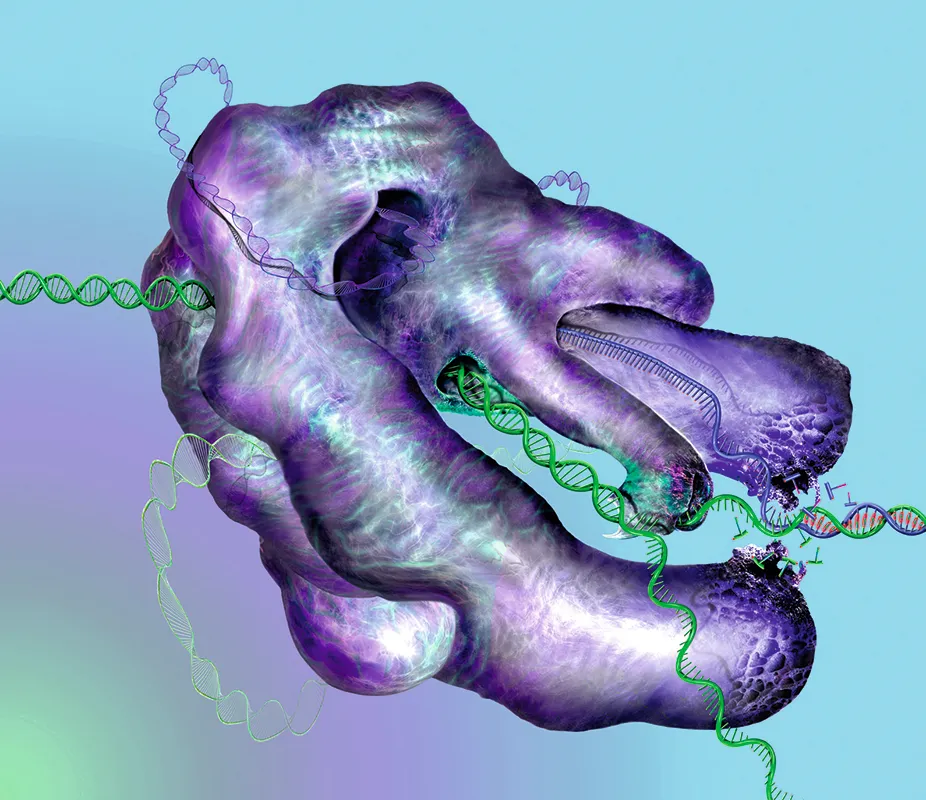Back in the 1990s, we debated the risks and benefits of genetically modified (GM) crops. Some found the idea of eating ‘non-natural’ foods unsavoury, while others saw the merits of crops with increased yields and resistance to pests, drought and disease.
Today, as pressures on farming intensify under climate change, we’re seeing a new debate. The difference now is that scientists have better tools for editing genomes and we’re not just talking about using them in crops.
Understanding how the old and the new tools differ is key to deciding whether you believe they should be used. The traditional technique of introducing foreign DNA to create transgenic organisms – as in insect-resistant corn, which contains genetic material from bacteria – is slower, more expensive and less accurate than modern gene-editing techniques.
Gene editing today usually means making precise changes using CRISPR, a bacterial DNA-cutting system adopted by scientists. It works within the code of an existing genome rather than importing code from elsewhere. But if you value only what’s completely natural in the natural world, you may not be comfortable with either approach.

Similar edits can be made by mutating DNA with chemicals or radiation and there are already thousands of varieties of plant species containing such changes on the market. Under EU law, though, gene-edited organisms are treated like traditional GM organisms and subject to more stringent regulations.
Many scientists find these too restrictive. In a 2021 article, Columbia University’s Dr Sarah Garland argues that the EU won’t have the “luxury” of being able to ban gene editing for much longer – it’ll be indispensable in creating food crops that are more resilient to changing conditions.
Beyond farmed species, there are difficult decisions to be made about the balance of risks and benefits for the natural world. Should we, for example, edit the genomes of corals to help them withstand ocean temperature and acidity changes caused by climate change? Or edit the genomes of trees to help them fight fungal diseases?
What’s confusing is that some of the modifications we’re now considering could have been achieved years ago through traditional methods, so our views depend on what we think about the safety of new editing technologies, but also how desperate we are to address environmental degradation.
A recent study by environmental policy expert Jesse Reynolds suggests that the conservation potential of gene-editing technologies may be proving persuasive as environmentalists seem less resistant than they once were to such technologies.
The International Union for Conservation of Nature is due to vote this year on a set of guiding principles that covers gene drives – self-replicating edits based on CRISPR technology that can spread quickly through generations.
Here, the debate gets tricky, as gene drives could affect entire species. They could be used to obliterate whole populations of disease-causing organisms, such as the mosquitoes that carry malaria. Hopefully, we’ll also see local communities affected by these organisms getting involved in the debate.
Read more: